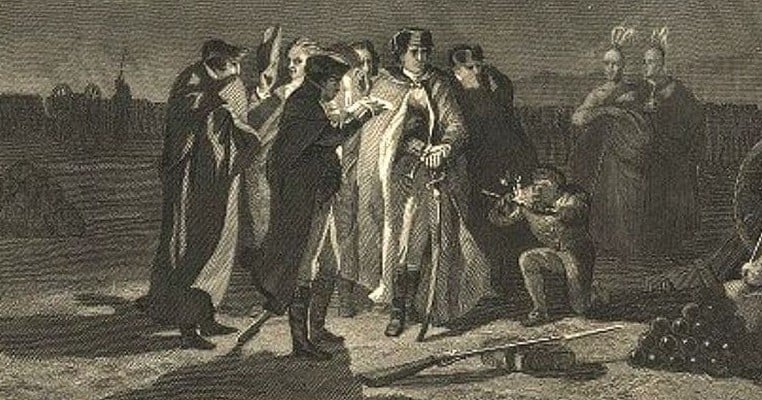There are well over 400 national parks, monuments, and historical sites administered by the National Park Service across the United States, some of them well-known and others all but forgotten except by the locals. In addition, there are more than 10,000 state parks, many of them of historical significance, and countless urban parks and historic sites. America has enshrined its history along with the means for recreation. Some of the national parks and historical sites are world famous, such as the Statue of Liberty, built to welcome new arrivals in New York. Others, such as Mount Rushmore, combine natural features with artistry to display American history. Some, including the aforementioned statue, are gifts from foreign governments, such as the statue of Portuguese explorer Juan Rodriguez Cabrillo which overlooks San Diego, a gift of the Portuguese government.
Historic sites in US and their historic significance

There are monuments to industrialists, such as the Pullman historic district on the South Side of Chicago, where one of the most significant organized labor events in American history occurred. Many sites are battlefields, where Americans fought other Americans, the British, the French, and American and Canadian Indian tribes. There are hotels, inns, islands, and prisons honored as historic sites. Some are vast, which cannot be fully explored for weeks and even years, and others are simple road markers designating a site for its historic significance.
Here are some of the less well known national historical sites and why they are so designated across the United States.

